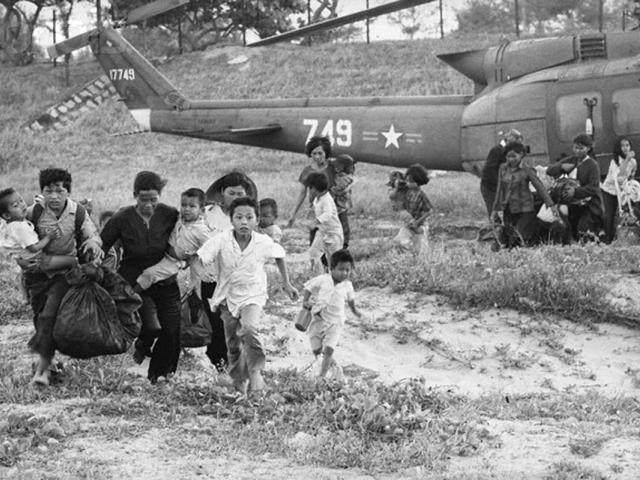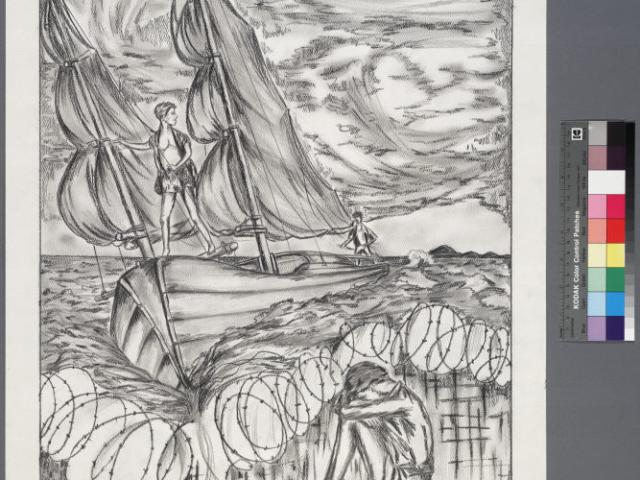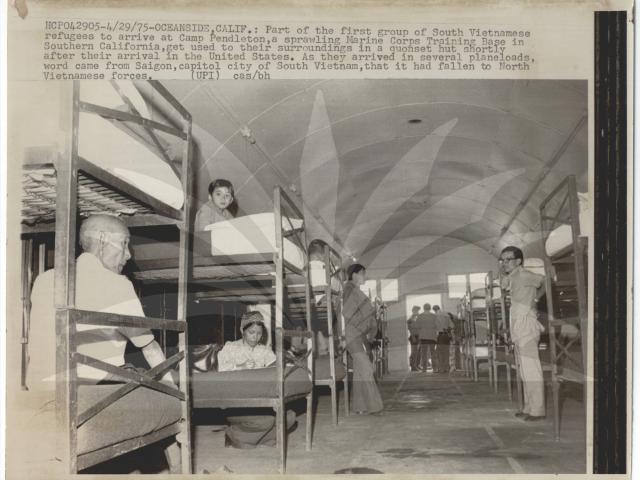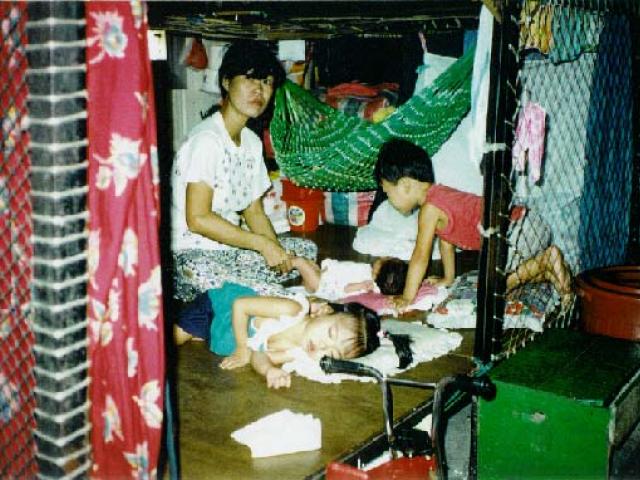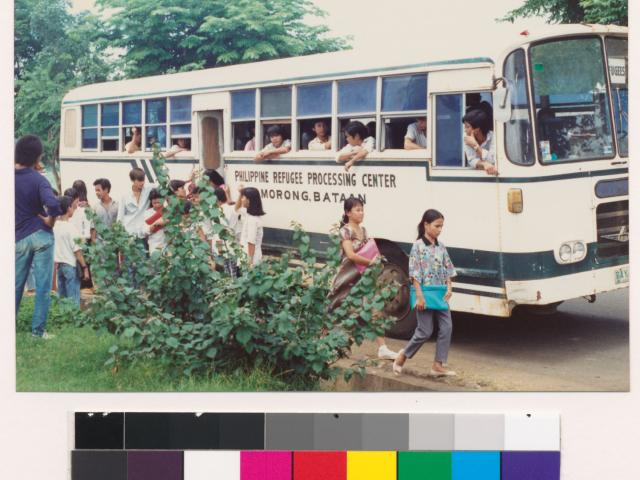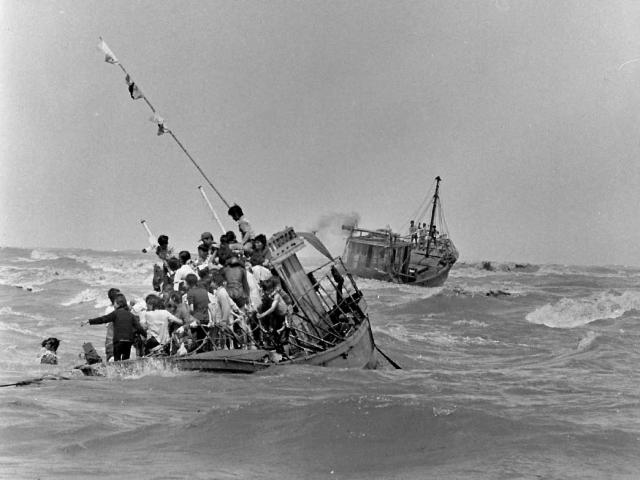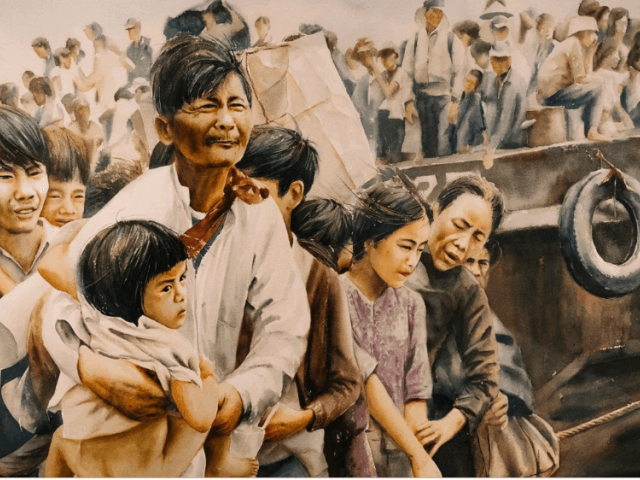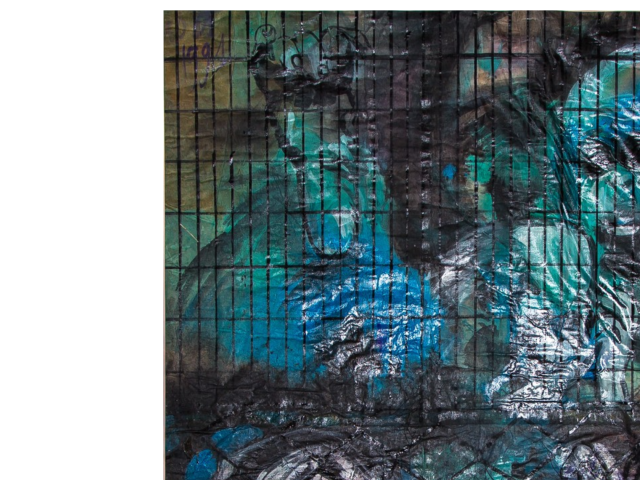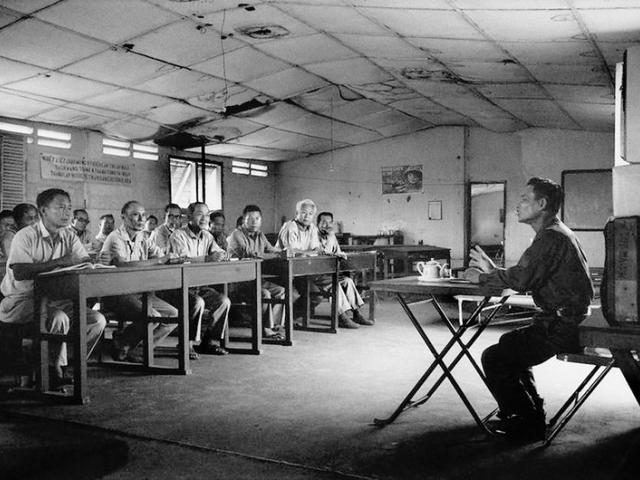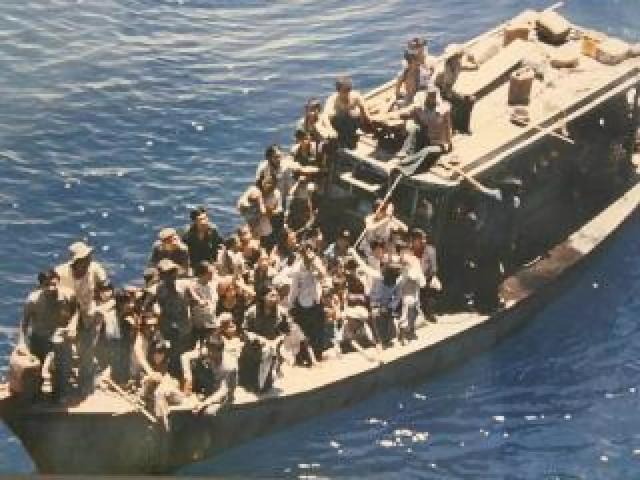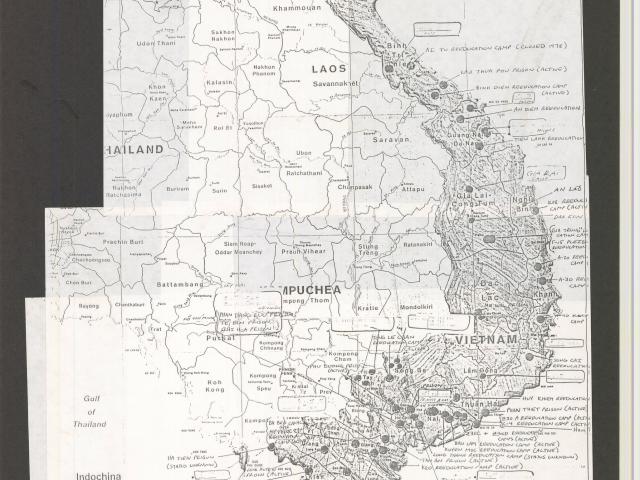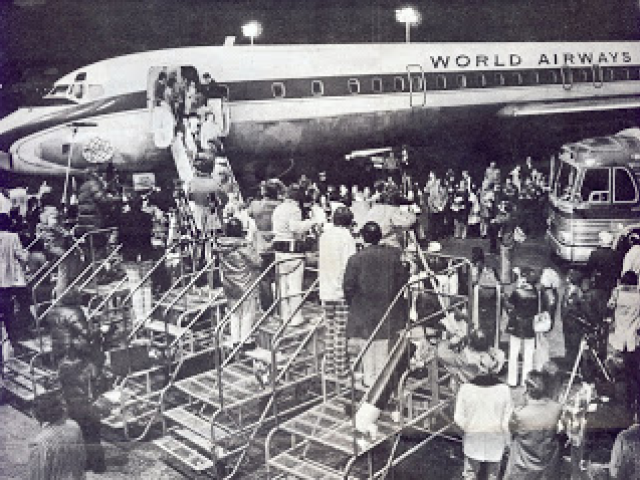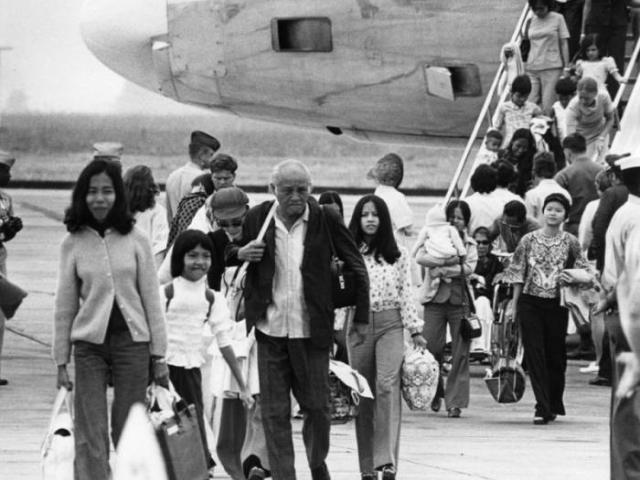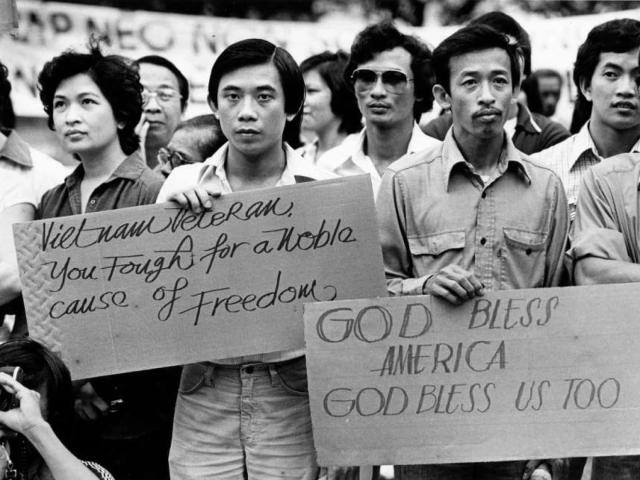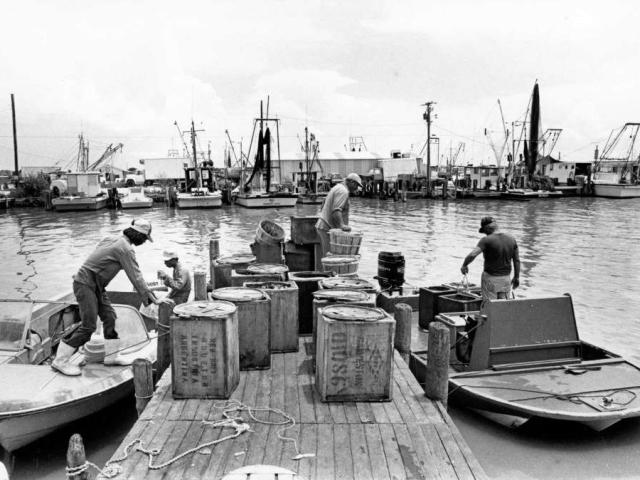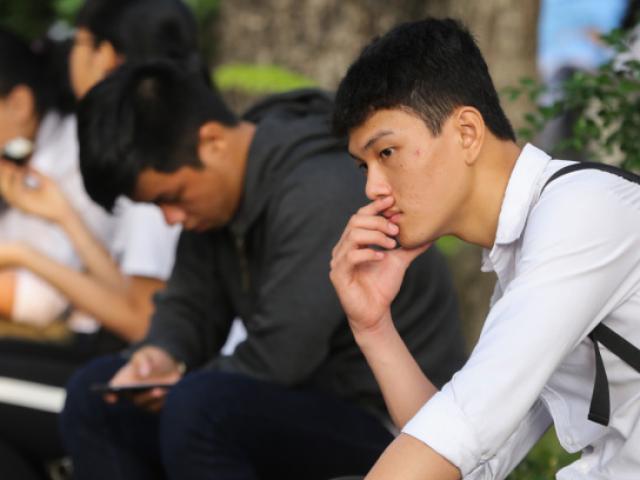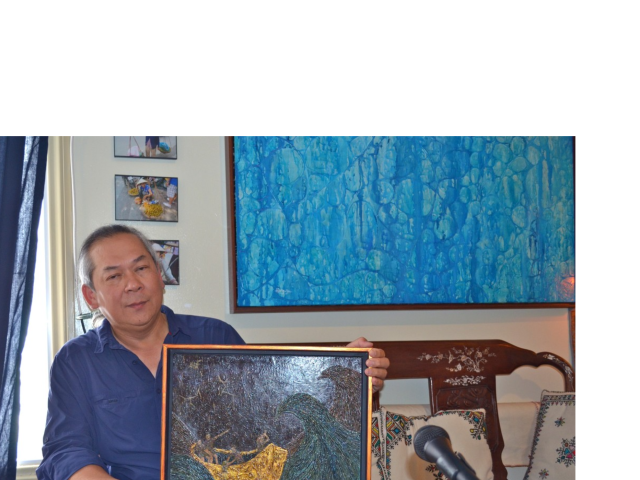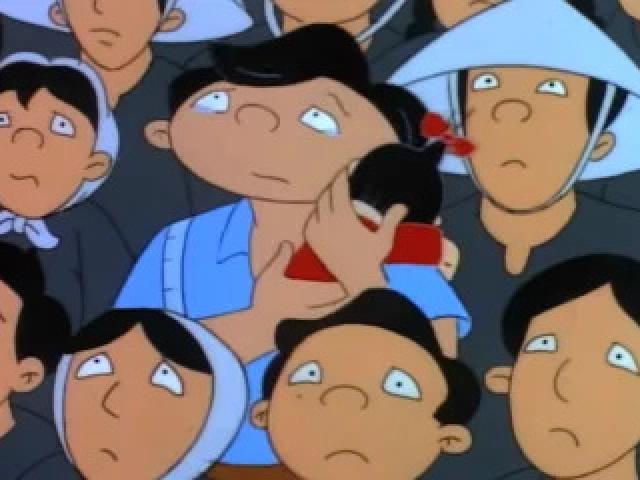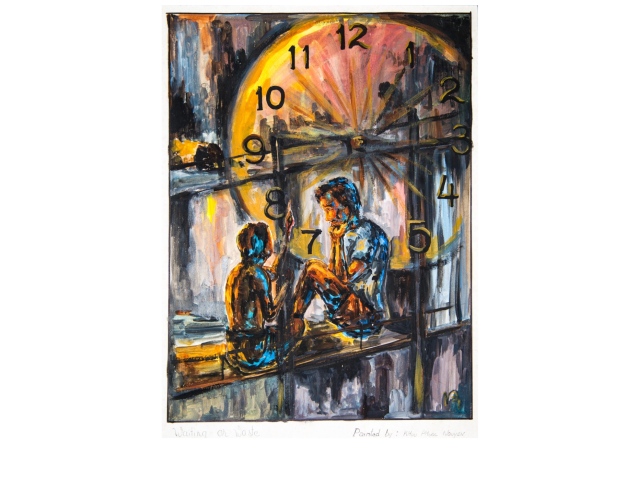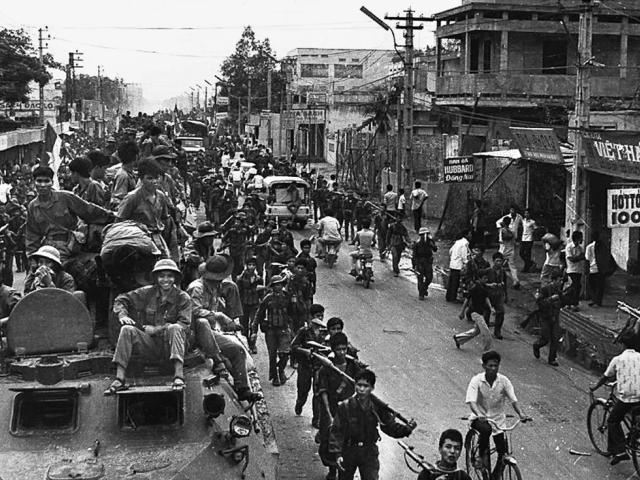Area of Study 3: Vietnamese Departures and Transit
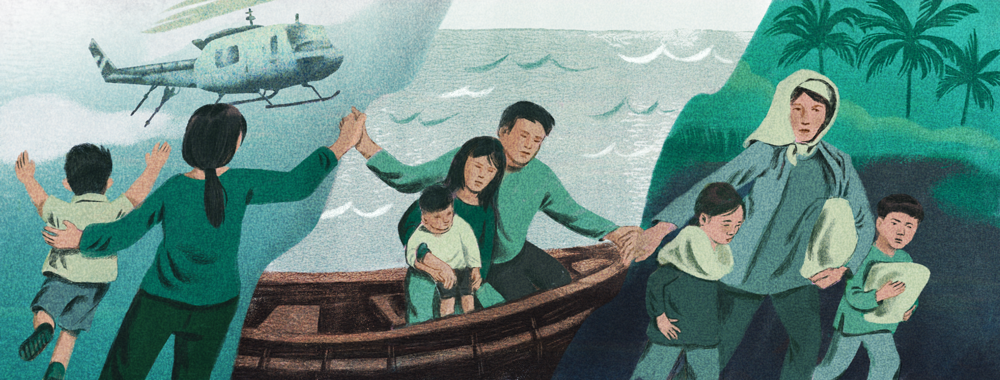
Vietnamese Departures and Transit: 1975–1994
The fall of Sài Gòn in April 1975 marked the official end of the Vietnam War, but also the beginning of one of the largest and longest mass migrations of asylum seekers in modern history. The resettlement of Vietnamese refugees in the United States constitutes the largest refugee resettlement effort in US history and shaped refugee policies in the nation for years to come. This narrative provides an overview of the immediate events leading up to the fall of Sài Gòn, and of the mass exodus of the Vietnamese who fled Vietnam to the United States between 1975 and 1994.
